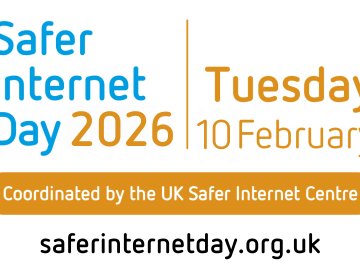Since 2021, SWGfL has partnered with Senso to provide schools and colleges with an innovative solution: the Assisted Monitoring Service. This service is specifically designed to provide support in monitoring student online behaviour, helping teachers and safeguarding leads to identify and address harmful content that students may encounter or share online—whether intentionally or by accident.
What Is the Assisted Monitoring Service?
The Assisted Monitoring Service is a process where we detect harmful and inappropriate content, flagging it as a ‘violation’ that requires attention from educators and safeguarding professionals. The service identifies a wide range of concerning material, including illegal and terrorist content, adult material, and other harmful or inappropriate content. Once we have flagged this with the school, the content allows professionals—particularly Designated Safeguarding Leads (DSLs)—to intervene and take appropriate action to ensure the student’s safety.
The key benefit of this system is its proactive approach. By alerting educators to problematic content in real time, the service enables immediate responses that not only protect students but also educates them on the dangers of certain online behaviours. Over time, this will contribute to a safer, more informed community that better understands the risks of harmful material online. As well as this, it gives precious time back to the Safeguarding teams, alleviating the burden of monitoring a rather complex area and supporting them to respond in a manner that doesn’t affect their workloads.
A Proven Success: Growth Since 2021
Since its launch, the Assisted Monitoring Service has grown rapidly and has been adopted by numerous schools and colleges across the UK. As of 2024, 139 schools have implemented the service, which manages a total of over 152,290 devices.
The scale of alerts generated by the system highlights both the service's effectiveness and the ongoing need for such monitoring in educational settings:
- 2022: 435,439 alerts received
- 2023: 543,392 alerts received
- 2024: 434,694 alerts received (so far)
These numbers demonstrate the vast quantity of potentially harmful content flagged and addressed, helping safeguarding teams act swiftly to protect their students online. The consistent growth in the number of alerts shows how important this service has become in mitigating online risks for young people.
Supporting Safeguarding Efforts
The Assisted Monitoring Service is not just about flagging inappropriate material; it also plays a crucial role in broader safeguarding strategies. Teachers and DSLs can use the system to develop more comprehensive safeguarding processes, ensuring that harmful content is addressed in a way that supports the wellbeing of their students.
Moreover, the service promotes ongoing education for students by encouraging a deeper understanding of the risks associated with certain types of content and why they should not be engaging with certain material. By preventing students from further engaging with abusive or inappropriate content, professionals can focus on guiding young people towards positive online behaviours.
Integration with Filtering and Monitoring Standards
To maximize its effectiveness, the Assisted Monitoring Service must always be used in conjunction with existing filtering and monitoring standards provided by the Department for Education. This combined approach allows educators to address harmful material more efficiently and in ways that are aligned with established expected protocols. By combining appropriate levels of filtering with the assisted monitoring service, schools can take a proactive stance in protecting students from online harm.






